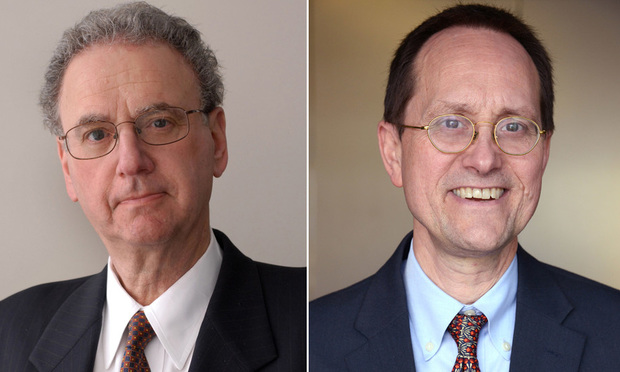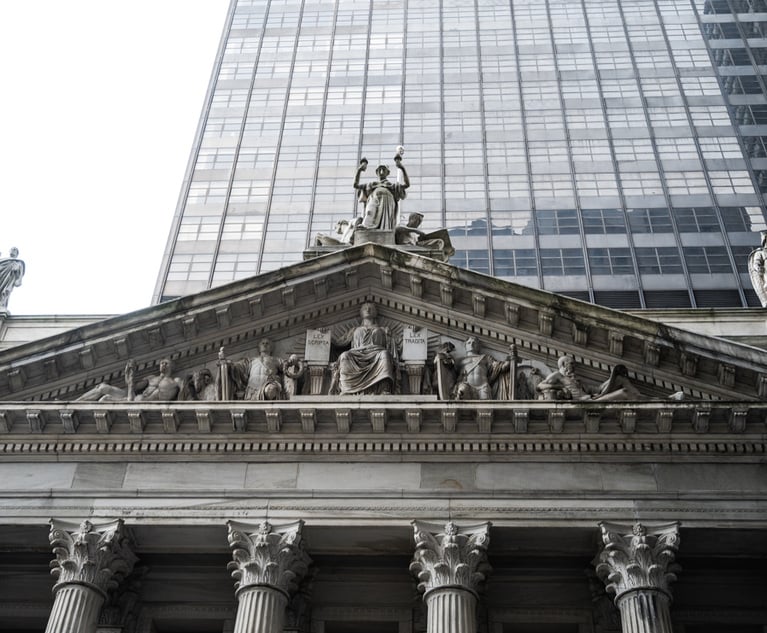On March 26, 2021, the U.S. Court of Appeals for the Second Circuit held that The Andy Warhol Foundation’s (AWF) use of a Lynn Goldsmith (Goldsmith) photograph of the musician Prince was infringing rather than fair use. The Andy Warhol Foundation for the Visual Arts v. Goldsmith, 992 F.3d 99 (2d Cir. 2021) (Warhol). Ten days later, on April 5, 2021, the U.S. Supreme Court held that Google’s use of a portion of Oracle’s application programming interface (API) software was a fair use. Google v. Oracle Am., 141 S. Ct. 1183 (2021) (Google). In a Petition for Rehearing filed on April 23, 2021, the Warhol plaintiff (AWF) argued, inter alia, that the Warhol panel’s decision was irreconcilable with Google. The Second Circuit then ordered Goldsmith to brief the question of “what impact, if any, [Google] may have on the appropriate disposition of the appeal.”
Originally developed as a judge-made equitable rule of reason, fair use is now embodied in §107 of the Copyright Act, which provides that the fair use of a copyrighted work is not an infringement, and sets forth four non-exclusive factors to consider in determining fair use:
(1) the purpose and character of the use, including whether such use is of a commercial nature or is for nonprofit educational purposes;
(2) the nature of the copyrighted work;
(3) the amount and substantiality of the portion used in relation to the copyrighted work as a whole; and
(4) the effect of the use upon the potential market for or value of the copyrighted work.


 Robert J. Bernstein and Robert W. Clarida
Robert J. Bernstein and Robert W. Clarida




